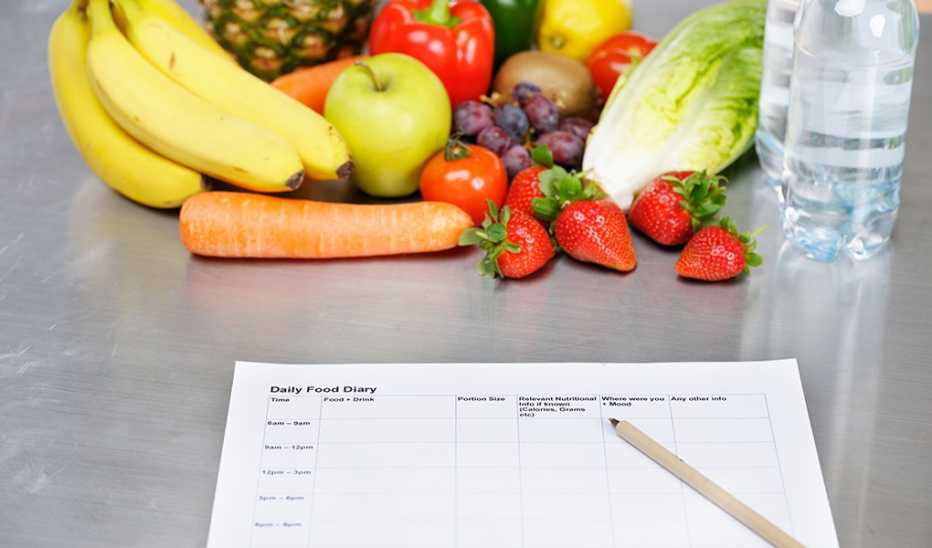Challenges


Quick Win
Figuring out what makes you reach for a cookie — instead of an apple — can help you tackle underlying issues and make better choices.
Try This Today
- Keep track, mindfully. Without trying to change your habits, start a two-week food journal. Record all your meals and snacks. Keep a neutral, nonjudgmental perspective.
- Note your cravings. When you feel a craving for unhealthy snacks or sweets, note what you’re craving as well as how you’re feeling emotionally and physically. Tired? Stressed? Hungry? Also note whether you ate the food you were craving.
- Review. After two weeks, read through your journal and identify any patterns you see — for example, craving potato chips when you’re stressed or tired, reaching for ice cream while curling up to watch a movie, or choosing to hit a fast-food drive-through when you’re in a rush.
- Do a kitchen makeover. Keeping healthy foods at the ready—fresh fruit in a bowl on the counter, cut-up veggies and hummus in the fridge—can help you make healthy choices when hunger hits. And pare down your supply of hard-to-resist snacks and sweets. There’s truth to the saying “out of sight, out of mind.”
- Address underlying factors. Work on steps to manage stress, like getting regular exercise, setting boundaries and starting a relaxing practice like yoga, tai chi or box breathing. Those same steps can help you sleep well, but talk with your doctor if you have ongong sleep trouble.
- Tune in to your body’s signals. Waiting until you’re “hangry” to eat may lead to grabbing whatever’s close. Throughout the day, check in with your hunger and eat a healthy meal or snack when you’re moderately hungry. On the flip side, if you find yourself craving food when you’re not hungry, pause and tune in to how you’re feeling, and then respond to that feeling in a healthy way. If you’re stressed, for example, get outside for a walk, or close your laptop and take a relaxing bath.
Why
Many factors can influence food cravings and choices, including stress, lack of sleep, food cues in the environment and habit, according to a 2023 report from the Harvard T.H. Chan School of Public Health. Sleep deprivation can increase cravings for high-fat, high-calorie food, according to a growing body of research, including a study of 25 young adults, published in eLife in 2019. Chronic stress can similarly affect cravings, according to a 2017 research review in Biological Psychology.










More From Staying Sharp
The Right Way to Prepare Oatmeal
Instructions for quick-cooking oats, old-fashioned oats and steel-cut oatsMediterranean Diet Benefits for Brain Health
Explore the Mediterranean diet's five key benefits for memory and cognitive health
Worst Pre-Workout Foods
When you snack before you exercise, avoid foods that are high in fat and sugar